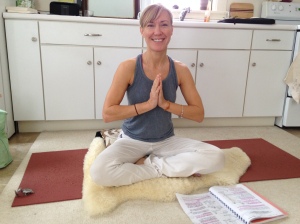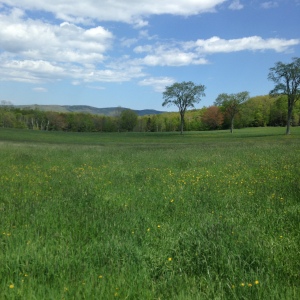‘Job’s Body’ by Deane Juhan
A book on the importance of bodywork
 I am currently reading ‘Job’s Body’. Just reading the introduction makes me think that it should be a required text during any bodywork education. Let me reframe this – it should be common knowledge, especially in the medical field.
I am currently reading ‘Job’s Body’. Just reading the introduction makes me think that it should be a required text during any bodywork education. Let me reframe this – it should be common knowledge, especially in the medical field.
This book seems to put into words the deeper reasons why I am drawn to bodywork- both to give and receive.
Here are the highlights the book will explore, outlined in the introduction:
- Tactile input is essential for the development of the central nervous system.
- We have the potential to move fare beyond our genetic blueprint.
- Our body tissue goes through constant change; we are not fixed.
- Every sensation and emotion translates into muscle response. Those are the bases for our habitual patterns, posture and behavior.
- Tactile input can reeducate the organism, so it is then more able to resist depression and is able to repair itself when stressed or injured.
- Bodywork goes fare beyond pleasure; it has the potential to alter conditioned responses, chemical balance and structural relationships.
- Essential to lasting positive change is Self Awareness. Bodywork is an effective way to increase Self Awareness.
Reading on, I didn’t know how vital tactile sensation is for the development of the central nervous system. Yet it makes sense when Deane Juhan sites the observations in orphanages where the children were fed and kept clean, but didn’t receive nurturing touch. The results were similar to malnutrition. The children lost their thrive to life, didn’t develop physically and mentally and often died.
I have a very basic understanding on that we are not bound by our genetic blueprint. And I whole-heartedly agree and have experienced all the other points covered. So I can’t wait to read his explanations and learn how to put into words what I intuitively feel and know, so I am able to share it better.
Enjoy your explorations
Antje Roitzsch


